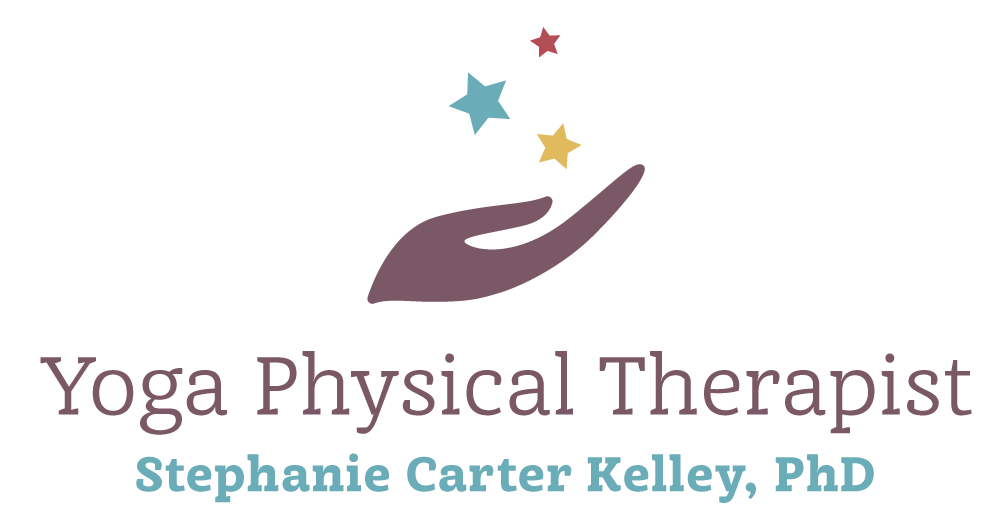Therapeutic Yoga Classes at CRMC
Week 2
Week 2 Lessons: How the Nervous System Experiences Pain
A normal nervous system detects a threat, sends an alarm of pain and returns back to baseline levels of activity.
A SENSITIVE nervous system, detects a threat 1) earlier and with less information, 2) more often as the sensation/feeling continues, and 3) keeps the alarm turned on, even when the threat goes away.
Why is the nervous system sensitized? Why am I 1/4 people whose alarm system is broken and pain persists?
Beliefs about certain types of pain. For example, ankle pain after injury will heal but low back pain after injury will persist.
Poor messages about the source of your pain and how to heal from healthcare professionals created fear
Childhood or past history of trauma in MANY different forms…Trauma and trauma. While your physical injury from the past is healed, the experience of the trauma still lives within you and make the nervous system more sensitive.
How do you know that the nervous system is extra sensitive? You are experiencing any or all of the following:
pain that persists even when the tissue is healed
pain without a history of injury
pain is spreading to other areas of the body
pain is not the only symptom; you might also experience numbness, burning, swelling, etc.
you notice that mental stress increases your pain
What can you do to De-Sensitize the nervous system?
movement in new ways, i.e. pace the amount and type of movement
integrate the education that you have received about pain while moving, i.e. recognize that many movements of the body are normal and natural. Gentle movement will not cause reinjury or damage to your tissues.
become aware of the “stress-related” triggers of your pain
use strategies to manage your “stress reactions” so that you can experience mental stress without increasing your pain
Mindfulness, Prayer, Meditation
Slow Deep Breathing
Engage in hobbies and activities that you love
Connect with friends and family
Get out in nature!
Extra guided meditations to help focus awareness on the breath. They may help you quiet the mind, relax the body, and nurture the spirit. I hope you find them useful.
First, find a comfortable position. Any position will do: sitting in a chair, lying on the floor with legs strait or with legs up in a chair, or maybe even standing. There is no right position, it needs to be comfortable for you to rest and relax.




Body Scan Medication with focus on the Low Back and Hips
3 Part Breath
This meditation leads you through the mechanics of a natural breath. It may be difficult as people with pain change breathing patterns and restrict or hold their breath. If you find yourself struggling or becoming frustrated, just go back to your own natural breath and keep practicing.
Guided Motor Imagery
This meditation is a part of a Graded Motor Imagery program for Pain Relief
Compassion Meditation
We first need to love ourselves before we can really love others. This meditation will guide you through self love, and sharing love with others through our service, actions, expression, listening and thinking.
Comfort Yourself Meditation
I heard this meditation on episode of Oprah’s Super Soul Sunday with Thict Nhat Hahn and I was moved! When we nurture the child within, we are gentler on ourselves and can more easily find compassion.
Relax the Neck and Shoulders

